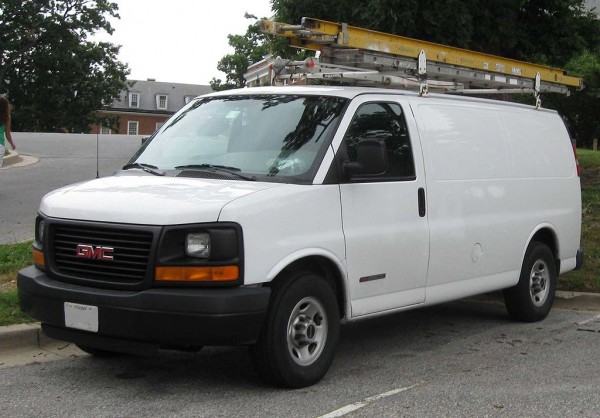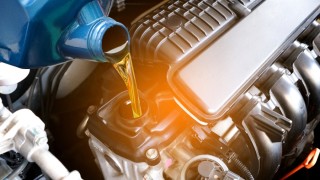Did you know there are more than 3.2 million vans used for commercial purposes across the UK? Of these, 10,800 vans are stopped by the DVLA every year, with many receiving fines, which is inevitably costly to business.
The government has launched a new initiative to help commercial drivers to help save fuel, reduce costs and also to driver safer. The Department for Transport has funded a new initiative called The Van Best Practice programme.
The programme aims to make clearer, the legal requirements associated with operating Light Good Vehicles (LGV). The initiative gives two checklists; one for operators and one for drivers. Below is a breakdown of the main points of the new initiative.

For Operators
The guide is mainly aimed at commercial fleet owners, with recommendations to check that vehicles are in good working order and complete relevant checks on drivers. The guide provides a complete breakdown and includes the following five recommendations.
Van compliance
Operators should complete ‘walk-arounds’ daily, in order to identify any defects. Any major defects should be fixed before a van is sent out. All defects, regardless of size, should be recorded.
These records, along with any details of repairs and maintenance should be kept for 15 months. The guide also states that every van should be maintained to at least the minimum manufacture guidelines and serviced frequently, especially in regards to brakes and other safety components.
Using The Right Van
Ensure that you use the right van for the size and type of job, taking into account load capacity and any equipment which might be needed. When considering the load, remember that the weight increases when you factor in the driver, any passengers, load and fuel.
Fuel saving
Did you know that vans use 25% more fuel when driven at 80 miles per hour (mph) than they do when driven at 70mph. Fitting a 70mph limiter in vans can help save you money, and help reduce your emission outlet, which is also great for the environment.
Know your drivers
Carry out assessments for newly employed staff to ensure that they are capable of driving your vans, and continue to provide training as it is needed. If you notice any risks with a particular driver, training can be directed to work on this. Keep records of any training and assessments completed to show you have encouraged better practice.
Keep important licence related information on file, such as a copy of driving licences and checking them at set periods to make sure there have been no changes. It is also a good idea to check this information with the Driver and Vehicle Licensing Agency (DVLA); you will need consent from the driver to do this.
Driver Checklist
Make sure that your drivers know (and follow) their legal requirements, for example having a valid licence for the relevant driving category. There are also driving regulations that they should be adhering to regarding drivers’ hours.
Remind drivers that they could face a fine, or even jail time, if their vans are overloaded. Explain that it is always best to choose a suitable vehicle for the job and that any load should be safely secured, using strapping if required.
Further Guidance
The guide itself is the best place to gain more detailed information. It includes a walk around checklist and videos to help you really help you understand what standard is required.
Remember, non-compliance means that the DVLA has the power to issue penalty points, immobilise vehicles and demand on the spot financial deposits. The guide can be accessed here.
Gemma Sheldrick is Head of Strategy at DNA Insurance, who provide inasurance advice and cover for businesses across the UK.



